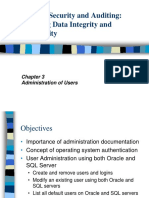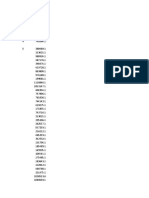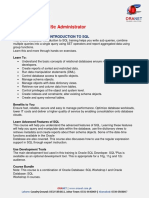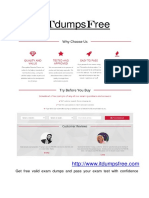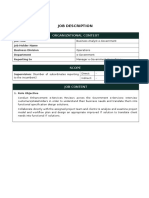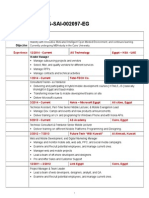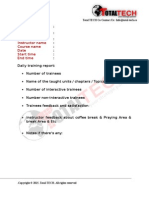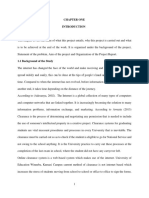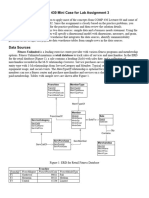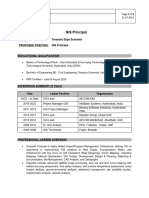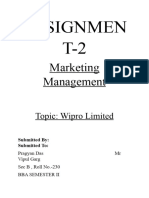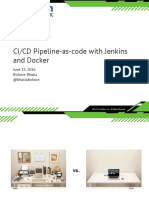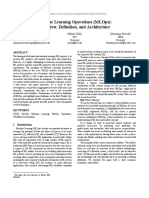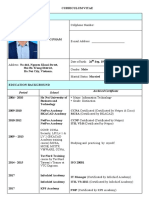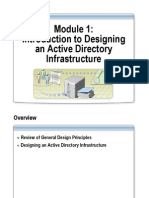100% found this document useful (1 vote)
85 views7 pagesOracle 19c DBA Training Courses
The document outlines the Oracle Database 19c Administration Track, detailing various courses including SQL introduction, administration, and backup & recovery workshops. Each course aims to equip participants with essential skills for managing Oracle databases, covering topics such as database architecture, security, and recovery procedures. Additionally, it includes terms and conditions for public group training, including pricing, cancellation policies, and certification upon completion.
Uploaded by
a.elcobtanCopyright
© © All Rights Reserved
We take content rights seriously. If you suspect this is your content, claim it here.
Available Formats
Download as PDF, TXT or read online on Scribd
100% found this document useful (1 vote)
85 views7 pagesOracle 19c DBA Training Courses
The document outlines the Oracle Database 19c Administration Track, detailing various courses including SQL introduction, administration, and backup & recovery workshops. Each course aims to equip participants with essential skills for managing Oracle databases, covering topics such as database architecture, security, and recovery procedures. Additionally, it includes terms and conditions for public group training, including pricing, cancellation policies, and certification upon completion.
Uploaded by
a.elcobtanCopyright
© © All Rights Reserved
We take content rights seriously. If you suspect this is your content, claim it here.
Available Formats
Download as PDF, TXT or read online on Scribd
/ 7
























